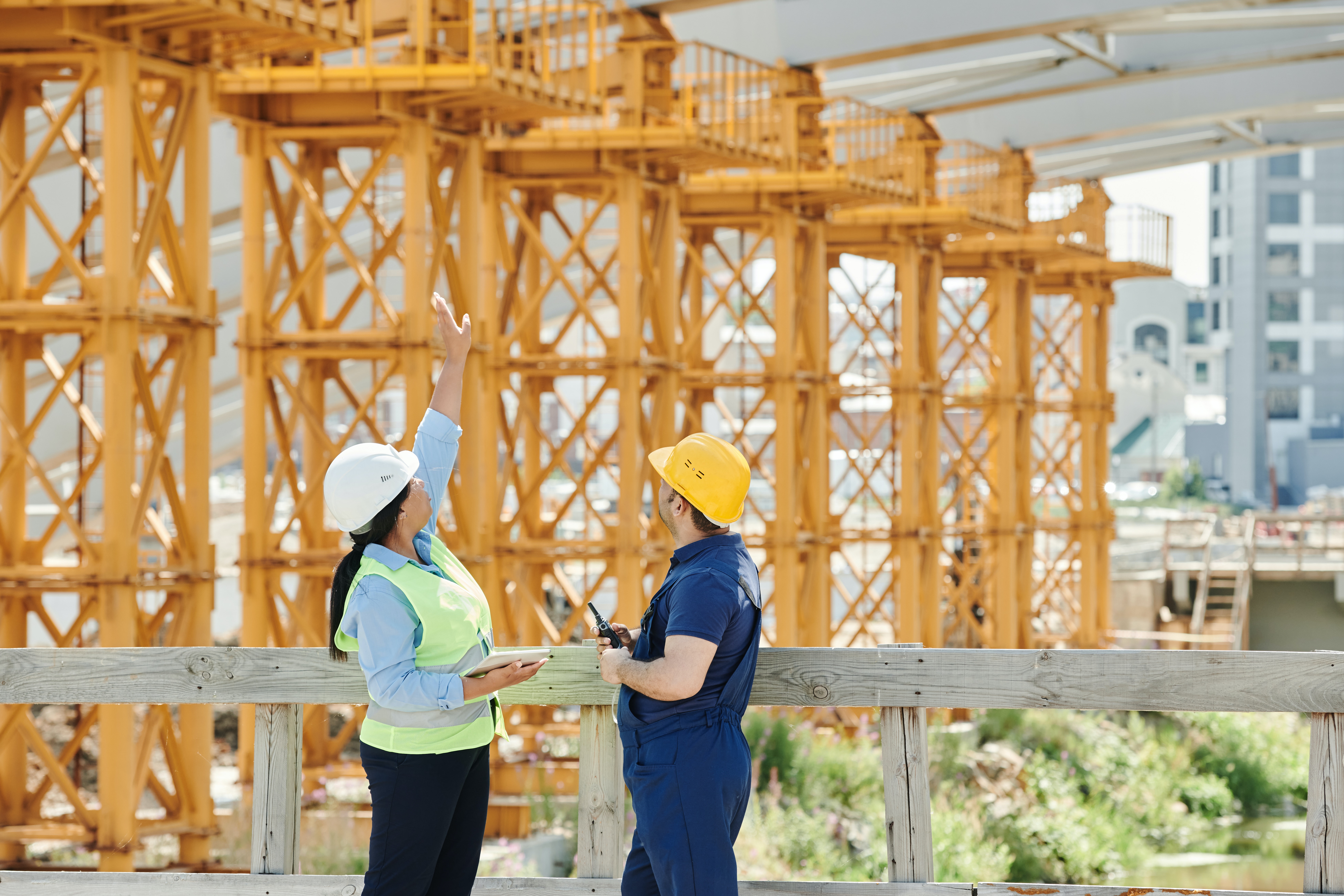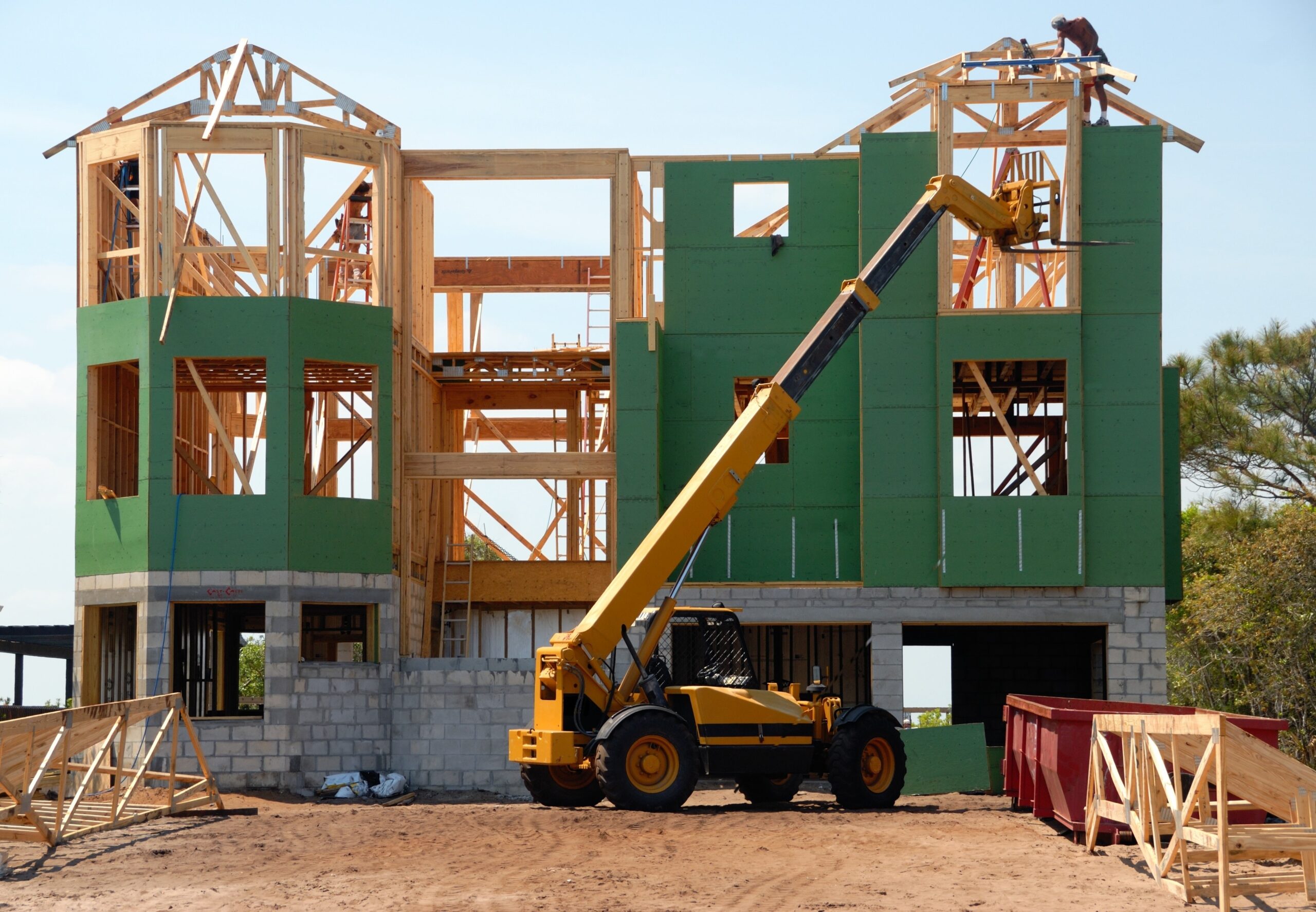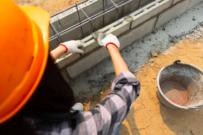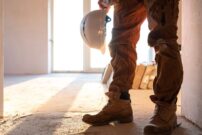ASTM c1177 Standards for Glass Mat Gypsum Substrate


Brian Jeffries
Brian Jeffries, a seasoned BPA Advisor. Brian is dedicated to sharing his wealth of knowledge on construction projects and materials. With a focus on architecture and building envelopes, Brian contributes valuable insights that shape the discourse around innovative construction practices and materials.
ASTM International, or the American Society for Testing Materials, can be considered one of the most important aspects of the construction and manufacturing industries. Thanks to their no-cost public access to their ASTM standards, they can offer helpful guides which allow product manufacturers to work towards a proper process and application procedure. Plus, an international standards organization, they're providing technical standards on a voluntary consensus.
Their standards are vital as the ASTM evaluates metals' mechanical, material, chemical, and metallurgical properties. This even goes as far as developing technical standards for a wide range of materials, systems, products, and services. But why is this organization so important, and why are their standards so important too?
The ASTM standards are used in the testing and production of personal protective equipment and other materials. This means they aim to ensure everyone stays protected when properly using these materials and equipment. But what about Glass Mat Gypsum Substrate? You’ll learn all about it here, so let’s review and break down the ASTM C1177 Standards for Glass Mat Gypsum Substrate.
What is a Glass Mat Gypsum Substrate?

The glass-mat gypsum is the board used for exterior purposes. These are designed only for exterior purposes and are a substrate or sheathing for weather barriers.
Materials
This substrate consists of a water-resistant and non-combustible gypsum core. The gypsum needs to comply with Specification C22; It’s surfaced with a glass mat either partially or entirely embedded within its core.
Dimensions and Tolerances
- Thickness: Nominal thickness for glass mat gypsum should be 1⁄4, 7⁄16, 1⁄2, or 5⁄8 of an inch with tolerances in the nominal thickness of 61⁄32 in. and have the local variations of 61⁄16 of an inch from the nominal thickness.
- Width: The nominal width must be up to 48 inches, with a tolerance of 1⁄8 of an inch.
- Length: The tolerance in length can only be 61⁄4 of an inch.
- End Squareness: Corners must be square with a tolerance of 61⁄8 of an in the full width of the substrate.
- Edges and Ends: The edges and the ends must be straight, beveled, square, featured, tapered, or both featured and tapered.
Type X
The Glass Mat Gypsum Substrate type X is a special fire-resistant board that goes beyond the resistance that regular gypsum boards offer. To be in accordance with ASTM C1177, the board needs to comply with the specification that it’s not less than 1-h fire-resistance rating for substrate 5⁄8 in. thick or 3⁄4-h fire-resistance rating for a substrate that is 1⁄2 inch in thickness, applied parallel with and on each side of load bearing two by four wood studs spaced out 16 inches on center with 6d coated nails, 1 7⁄8 inches long, and 0.0915 in. within the diameter shank, 1⁄4 in. diameter heads, spaced 7 inches on the center with the glass mat gypsum substrate joints staggered 16 inches on each side of the partition and tested by Test Methods E119.
Mold
The Type X glass mat panels are created to be mold and moisture resistant on top of being fire-resistant. However, even with regular glass mat gypsum substrate, mold resistance must be maintained. The ASTM c1177 states that designated gypsum panels may have no more than 20 % of mold growth. This is based on surface area coverage when tested in accordance. The Test Method must be D3273.
Finish and Appearance
Just like any other material for exterior use, the Glass mat gypsum substrate must be free of imperfections. This includes cracks, chips, dents, scratches, or anything else that could make it seem unfit.
Panel Production Label
All glass mat gypsum panels or packages need to have the name of the supplier (or producer), thickness, ASTM specifications, and the brand name market legibly.
Glass Mat Gypsum Substrate Shipping and Storage

The Gypsum products need to be shipped to keep them completely dry. Gypsum panels are strongly preferred to be kept dry and stored inside a building with limited moisture or encounters with the weather. They should be stacked up neatly and flat, preventing any damage or the surfaces, such as dents and sagging. If one needs to store the glass mat gypsum panels outside, they need to be stacked flat, right off the ground, such as a platform. This stack must be protected from direct sunlight and weather like rain, snow, and high winds.
Products and Manufacturers that are in Accordance to ASTM C1177
The following products and manufacturers are currently in accordance with the current standards for glass mat gypsum substrate that ASTM International offers.
- DensArmor Plus Abuse-Resistant Interior Panel from Georgia-Pacific
- DensArmor Plus Interior Panel from Georgia-Pacific
- DensDeck® Roof Board from GAF
- DEXcell® Cement Roof Board from National Gypsum
- Gold Bond® eXP® Sheathing from National Gypsum
- JM SECUROCK® Ultralight Glass-Mat Roof Board from JM
- PABCO Glass® Exterior Sheathing from PABCO Gypsum
- Securock® Brand Glass-Mat Roof Board from USG
ASTM Changes
As of December 1, 2017, there have been changes identified by ASTM. The changes to the standard of the last issue, C1177/C1177M – 13, have been impacted. As of 2022, there have not been any new changes to the standards.
Get Smarter About Building Products
Join 50,000+ subscribers and get our 3 min daily newsletter on what matters in the building materials industry.
You might like this


Toolbox Treasures: Exploring Must-Have Construction Components
Constructing a building, whether it’s a towering skyscraper or a cozy home, is a complex puzzle that requires a skilled hand and the right set of tools. In the world of construction, having the right components in your toolbox can make all the difference. From sealers that protect against the elements to essential hardware that […]


7 Advantages of Insulated Concrete Forms (ICFs) in Sustainable Construction
In the ever-evolving landscape of construction, the emphasis on sustainable building practices has become paramount. Among the innovative solutions revolutionizing the industry, Insulated Concrete Forms (ICFs) stand out as a versatile and eco-friendly alternative, offering a myriad of advantages in the realm of sustainable construction. 1. Energy Efficiency at its Core At the heart of […]


Clean & Safe: Mastering Jobsite Cleanup for a Secure Workplace
A well-organized and clean job site is not just a matter of appearances- it plays a crucial role of ensuring safety and security to any jobsite. A tidy space reduces the chances of accidents, promotes better focus, and boosts employee morale. Plus, it sends a clear message that the organization values the health and safety […]